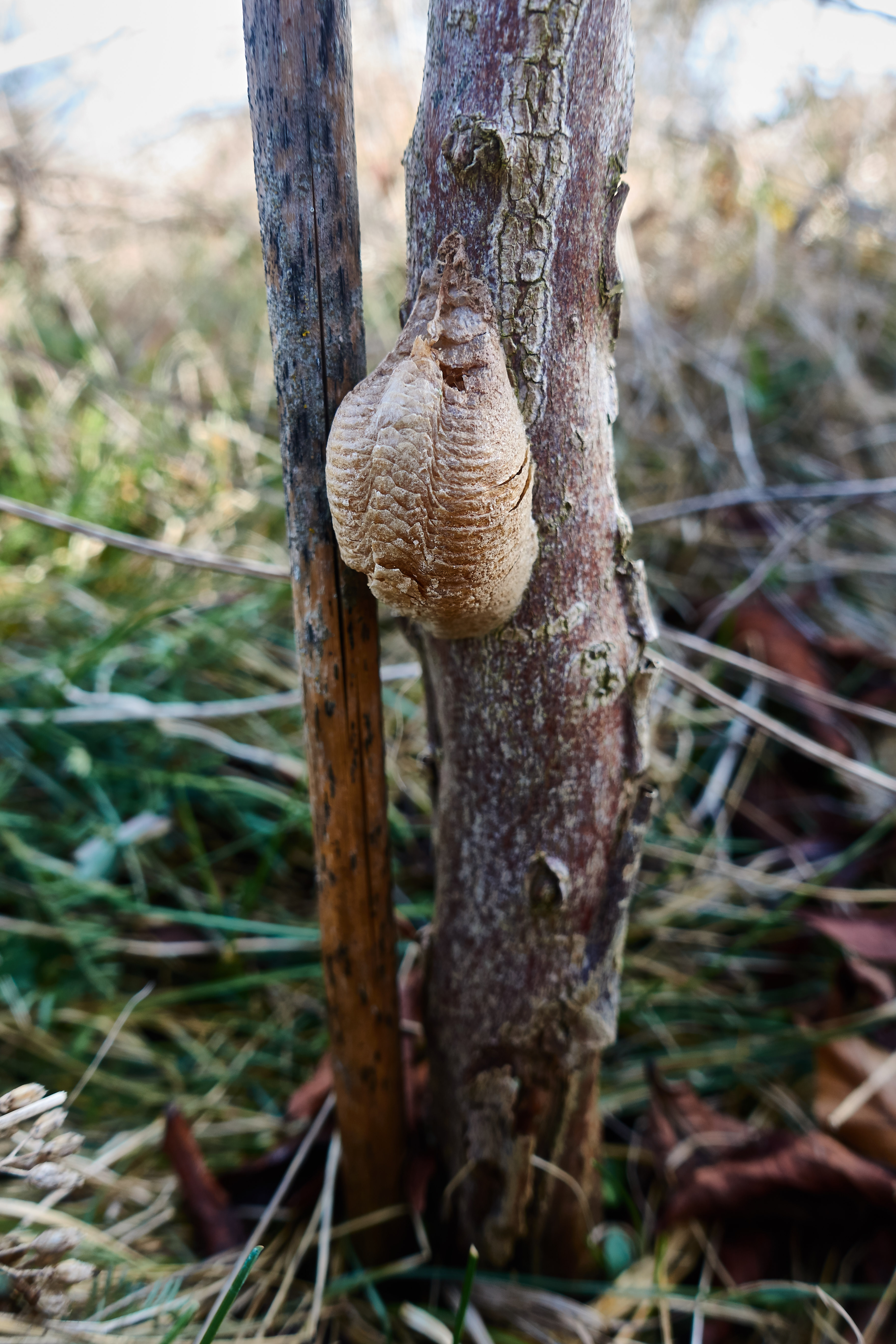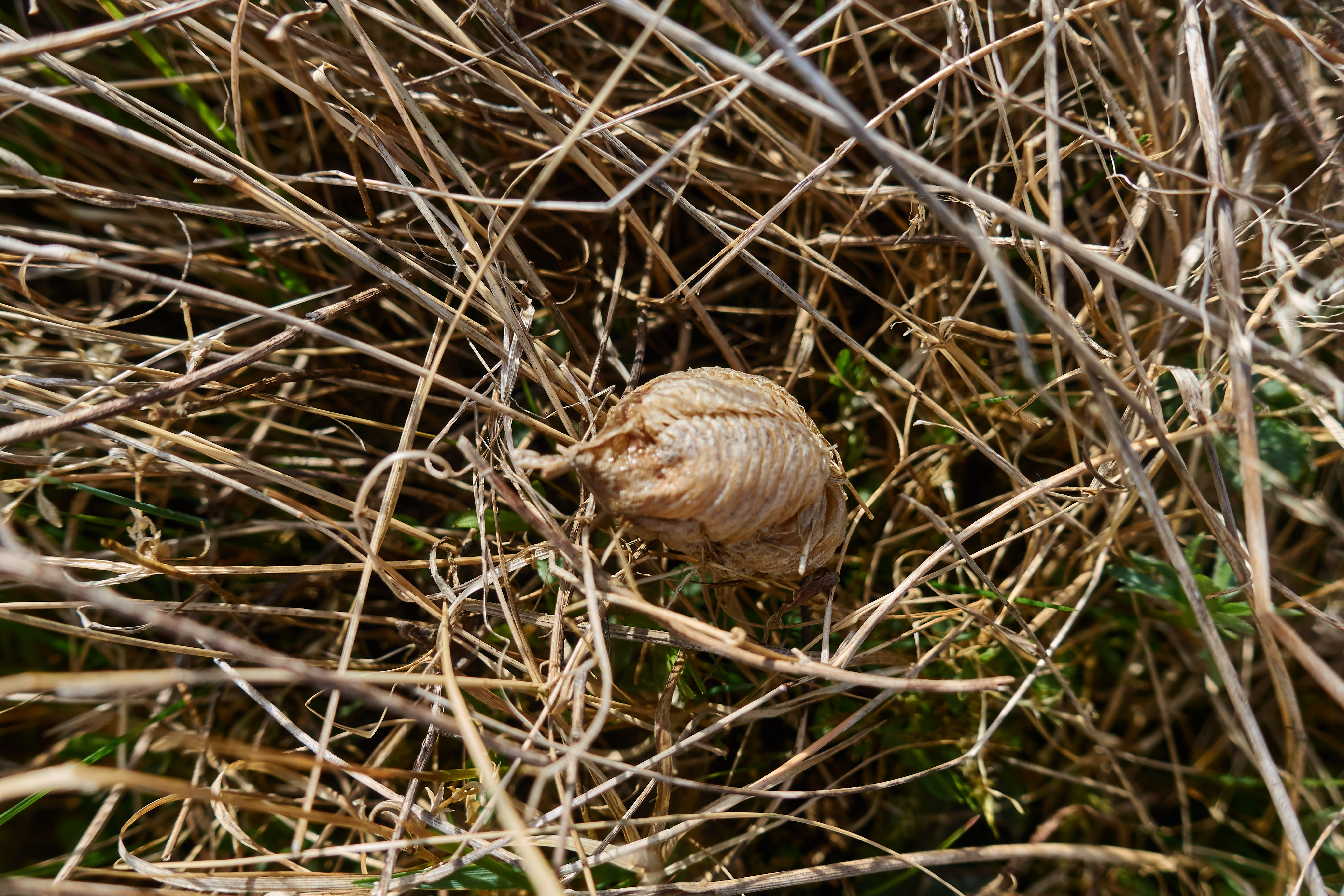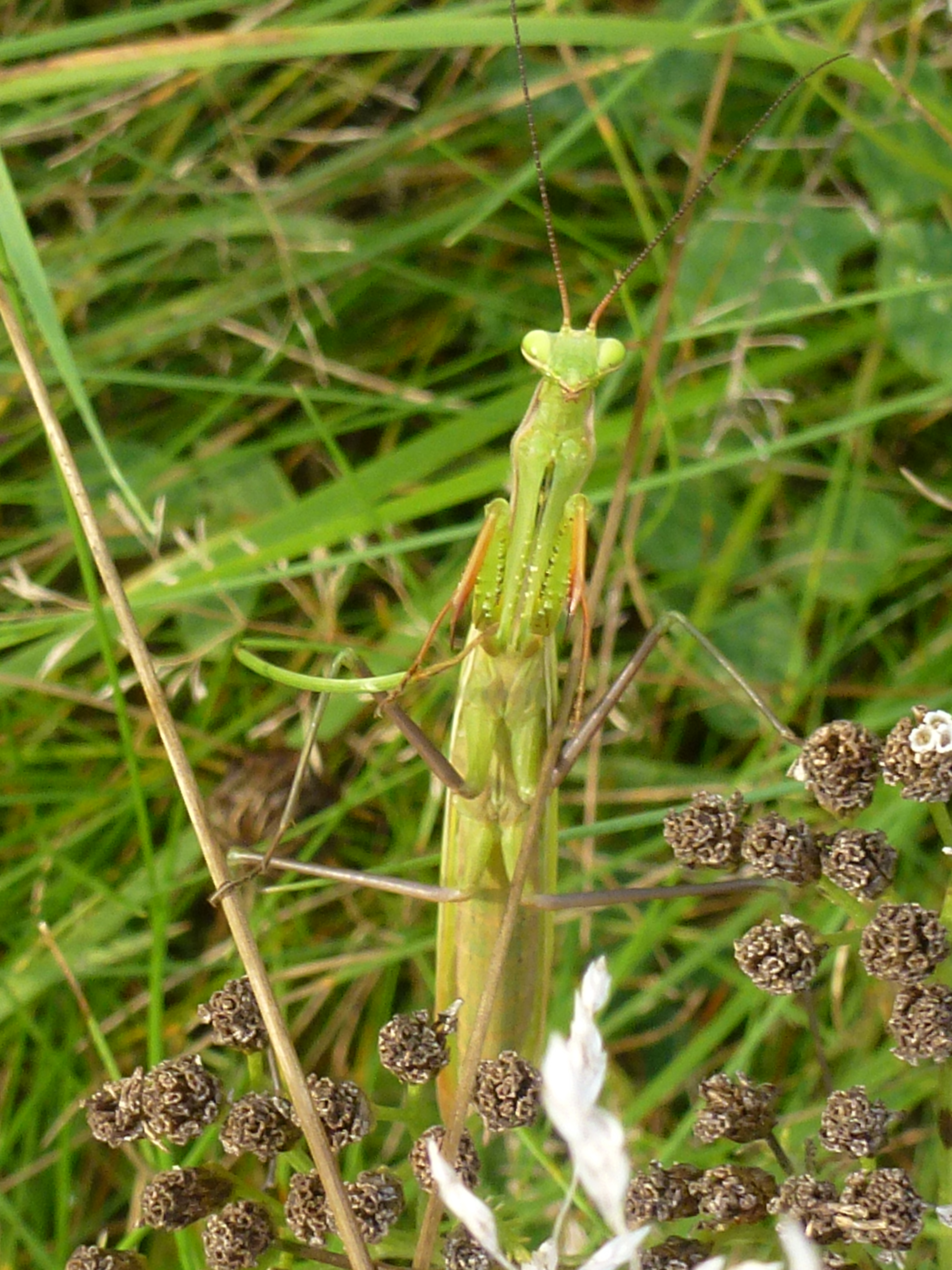Oothek of a European mantis in which the eggs are laid 🤗
animals·@proanima·
0.000 HBDOothek of a European mantis in which the eggs are laid 🤗
Yesterday I discovered in my garden this interesting Oothek of a praying mantis. As ootheca refers to the Egg package which, for example, a praying mantis lays its eggs. Ootheka are compact, solid and species-specific shaped cocoons, in which the eggs are inseparably bonded to one another, and the like scrims are stored in one place. Ootheken are used to protect the eggs from mechanical, but also chemical and other environmental influences, such as predators and the weather. In moist habitats a smooth surface protects against wetting, in dry regions the surface is porous. The chambered walls insulate against cold and heat. In contrast to the free oothek of cockroaches, the mantis stick their roundish, oblong, shield-like, teardrop-shaped or packet-like ootheca on different substrates. To do this, they first apply a protein-containing secretion to the substrate. Under spiral movements of the abdomen, more of this foamy secretion is now released, and now the eggs are successively placed in the same so that they are in a certain arrangement to each other and each occupy a compartment of Oothek. Finally, the secretion is pulled out in a more or less long thread, before it hardens to a spongy, very firm cocoon. Along the surface lies the most thin-walled area from which the nymphs hatch. It is usually recognizable as a large-pored, seam-like or comb-like strip. The number of eggs in the oothek varies between 15 and 400, depending on the species and cocoon size. Since the females, depending on the species, sell five to well over twenty oocytes, slightly more than 1000 eggs can be placed. In the Mediterranean, the mantis inhabits many different habitats, in Central Europe, however, it is limited to pronounced heat islands. Binding to heat areas is caused by a prey supply for the larvae, which is necessary in the spring, while the eggs can survive even winters with very low minus temperatures in steppe areas (lethal temperature: -43 ° C). The approximately 6 mm long larvae hatch in May / June and go through in five to six populations in some populations, in other six to seven larval stages (the lower number of stages applies to male, the higher for female individuals). Towards the end of July / beginning of August, the first adult animals (imagines) appear. About 14 days after the Imaginalhäutung the animals become sexually mature. As with other types of mantis it occasionally happens that the female of Mantis religiosa eats the male before, during or after mating.    <center></center>